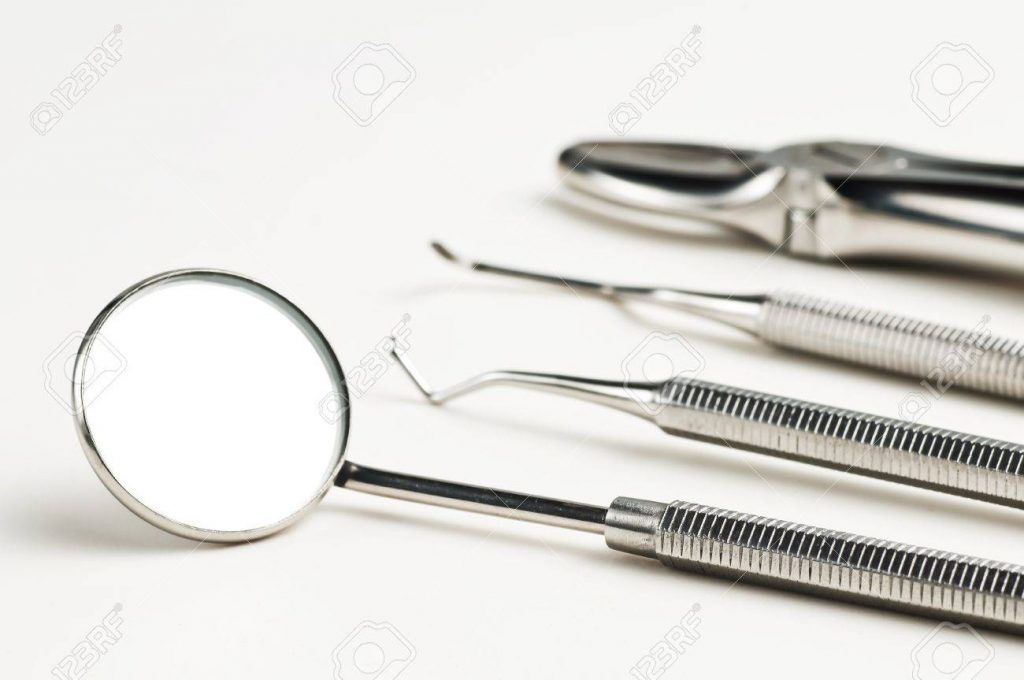Running a clean dental clinic is very important to the overall health of the dentist himself and the patients too. Cleanliness will also care for the investments that you have made in your high-quality dental tools in your clinic. The process that you will you use to clean as well as sterilize your equipment is among your most critical and effective ways to protect yourself, your patients, and equipment too.
Here are the best practices to be followed when cleaning dental equipment. These practices should be monitored closely to reduce the risk of transmitting infections and also ensuring the durability of your equipment.
Personal protection first
Use Personal protective equipment (PPE) that includes safety eyewear, impermeable smocks, face masks, and gloves to protect you from getting microbial contamination while cleaning and organizing the equipment. This will also help you avoid passing infectious agents that might be harbouring within the equipment.
Using utility gloves is particularly essential when cleaning dental equipment because accidents might and do occur. Gloves that are chemical and puncture-resistant and which can be sterilized in a steam autoclave while being used should be a must-have for every dental clinic.
Pre-soak your equipment first
In various busy clinics, you are not at all times, capable of immediately cleaning your instruments after you have used them. This might be a problem since biological remains such as blood left on the equipment might dry out and stick. This sticky material may not be comfortable to remove when the time comes to clean the equipment.
It is recommended to spray soiled equipment with a solution to keep organic accumulation wet. Enzymatic spray gels are usually a practical choice because it quickly breaks down any collection until you are ready to clean the instruments properly.
Clean the equipment before you steam them
If the debris stays on the equipment before they are put into the autoclave, the heated steam might not be capable of contacting the full surface of the equipment. Therefore, the CDC guidelines recommend cleaning of any visible debris from the equipment ahead of sterilizing them. You have two options when it comes to cleaning and sterilizing your dental equipment
- Automated washer disinfectors, which typically save time by reducing the must to manually clean or dry the equipment.
- Manual scrubbing. This demands a lot of time and effort and also comes with the highest risk of accidents. Use enzyme based cleaners as well as disinfectants to aid the breakdown of fats, proteins, and sugars when doing manual cleaning. Do this with a bristle brush.
Of course, we recommend you use a washer disinfector, as this will truly disinfect your equipment, plus save you time.
Dry the equipment
Before sterilization in the autoclave, it is essential to dry your equipment thoroughly. Sterilizers will just eliminate the quantity of moisture that they introduce to your equipment. If you place your equipment in a sterilizer wet, they will come out wet. Therefore, the packaging, which is the next step, will get wet as well. Wet packaging might wick bacteria as well as moisture from the human skin during the packaging that will a higher risk of contaminating the equipment.
Package the equipment
The final step before putting your equipment into the sterilizer is packaging them with pouches or wraps. The package is sealed to prevent air exposure when you take out your equipment from the sterilizer. Ensure that you have chosen an autoclave wrap which permits penetration of the sterilization agent and can endure the steam sterilization harsh conditions without compromising strength or softness.
Carefully load the equipment
It is always tempting to trying to squeeze many types of equipment as you can into every autoclave cycle, but congested sterilizers are the primary cause of failed sterilizations. Overfull sterilizers usually take much longer to reach the optimal temperature. When the equipment are packed very close together, they might fail to come into contact with an adequate sterilizing agent.
Dental Washer Disinfector
Complicated equipment such as Forceps Scissors, Amalgam carriers, and Matrix bands are supposed to be dismantled or fully opened up to support effective cleaning. Clean equipment important aspect of a dental clinic since it helps to minimize the risks of infection of the patient and the dentist, too, at the surgical site. If you protect your equipment, your patients, as well as your clinicians, is the best way to maximize the investments that you have made in your work.
Get in touch with us if you’d like to find out more about how to properly disinfect your equipment with our range of dental washer disinfectors.

